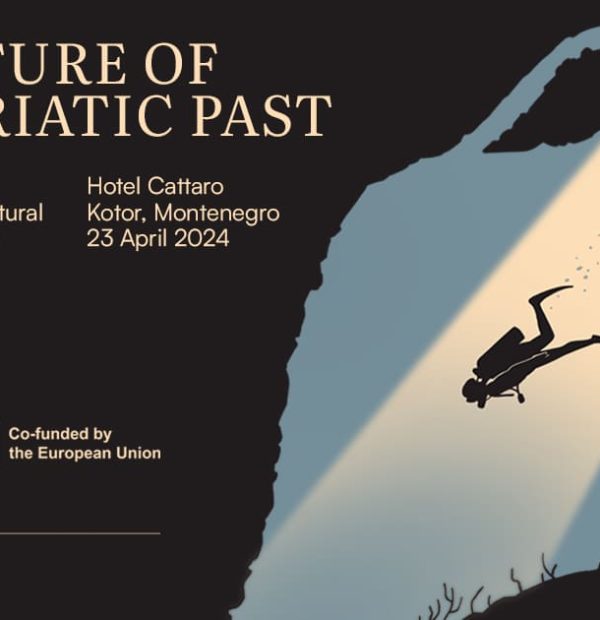Thursday, 16 May 2024
Menu

The vessel belonged to King Gustavus Vasa of Sweden and at the time of sinking had on board a large number of various “war equipment” and armament, including a sizeable set of cannons.
The Kraveln was a ship only about 20 metres long and was most probably built in Gdansk around 1513. Today the remains of the vessel, in the form of the keel and floor beams, lie on a shelf protruding from the escarpment at a depth of 30 metres.
During the creation of the latest documentation modern equipment was used, thanks to which a deeper area below the wreck was filmed and detailed photographic documentation was made. The work made it possible, among other things, to establish that fragments of the sunken vessel fell deeper, in places to a depth of almost 50 metres.
New underwater documentation of “Kraveln” (1524).
The ship belonged to the Swedish king Gustav Vasa and sank in the…
Posted by MARIS on Wednesday, December 16, 2020
Re-exploration of the site also made new, previously unknown discoveries. Among other things, wonderful artefacts in the form of large wrought iron cannons were found. The ship’s rudder, to which the tiller is still attached, was also documented.
As it can be seen, the re-examination of wrecks discovered many years ago is not only advisable, but actually necessary. Modern technology and tools available today allow not only to get to know the sunken wrecks better, but also to prepare their detailed documentation or 3D models, which are able to virtually freeze them in time and preserve their accurate image for future generations.
MARIS University Södertörn in cooperation with Västerviks Museum and Ocean Discovery










Welcome to DIVERS24.COM, your daily source of scuba news, freediving, scuba diving information, and equipment reviews. Our comprehensive coverage of the dive industry from A to Z provides you with all the latest scuba news, training updates, underwater photography tips, and everything else related to scuba diving. Whether you’re a beginner or an experienced diver looking for more knowledge about scuba gear or techniques – we’ve got it covered! With our in-depth articles written by experienced divers who have been there and done that, you are sure to find exactly what you need here at Divers24.com. Dive into scuba news today!
Underwater Media Sp. z o.o.
Szafarnia 11/F8,
80-755 Gdansk, Poland
Welcome to DIVERS24.COM, your daily source of scuba news, freediving, and scuba diving information. Sign in for a weekly news update and discount coupons for dive gear and apparel.
@2023 - underwatermedia.pl. All Right Reserved. Designed and Developed by Tworzenie stron internetowych Gdansk

The Divers24 portal is currently the largest online medium treating diving in Poland. Since 2010 we have been providing interesting and important information from Poland and around the world on all forms of diving and related activities.
Contact us: info@divers24.com